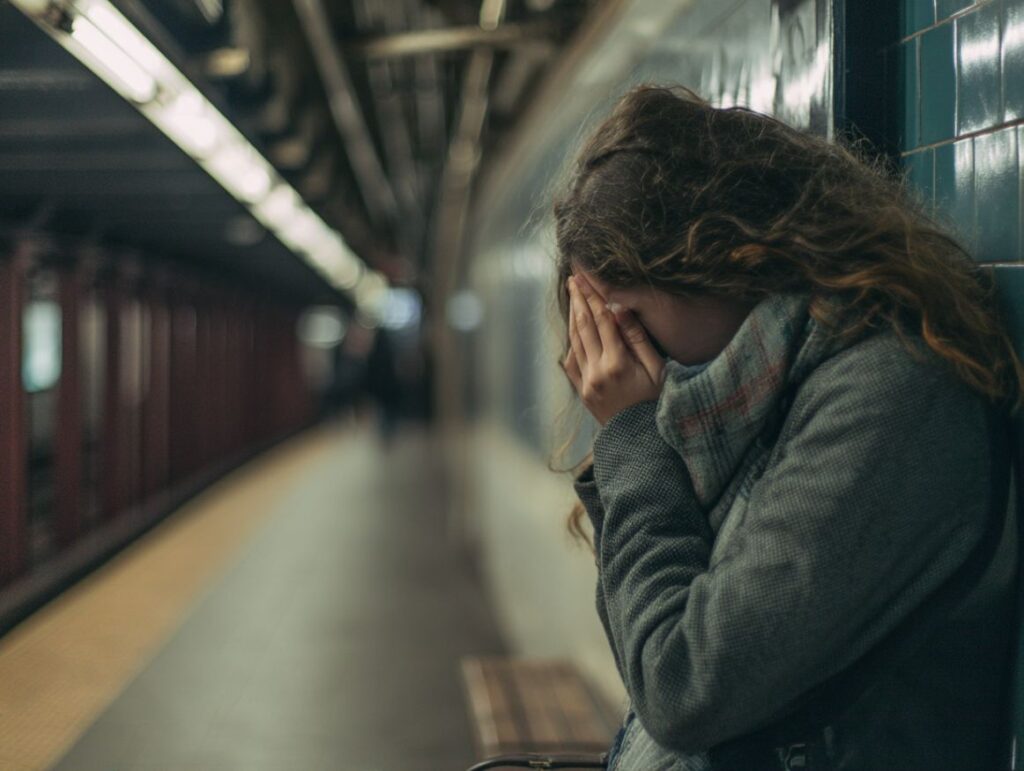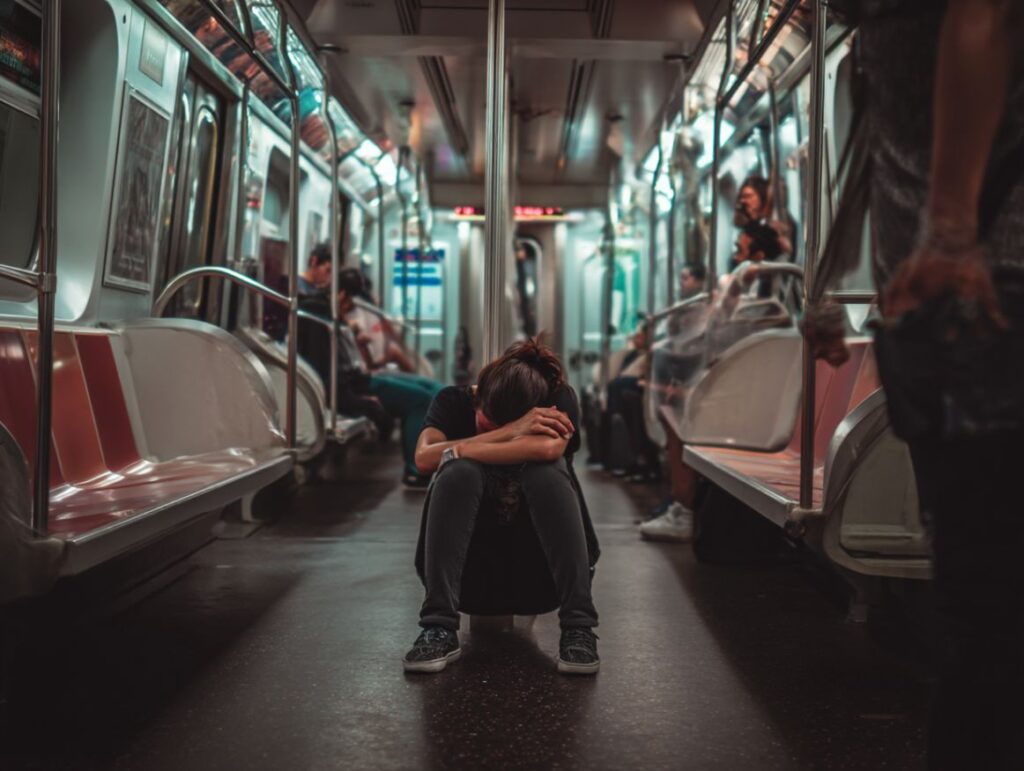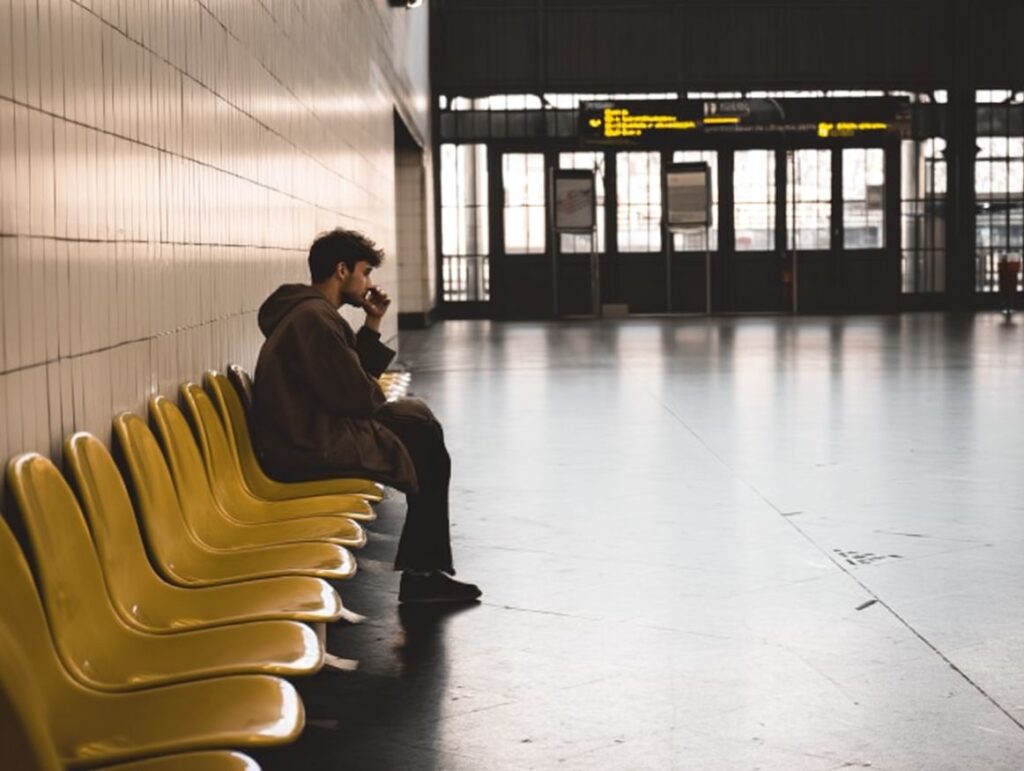Loneliness as a Public Health Issue

We recently talked with the people at Siren Training, who offer some brilliant workshops on Mental Health First Aid and neurodiversity awareness. They’re right at the heart of this movement to equip folks with the tools to spot and support mental well-being. Conversations like that have really highlighted just how wide-reaching loneliness is, and why it deserves proper attention.
The Scope of the Problem
The pandemic didn’t create loneliness, but it sure did shine a harsh light on it. All that time in isolation, working from home, staying away from friends and family – it left a lot of people feeling seriously disconnected. And not just for a few weeks. For many, those feelings have lingered long after restrictions were lifted.
Before COVID-19, we already had stats showing that loneliness was affecting millions. In the UK alone, studies showed that one in five people often or always felt lonely. Young adults, surprisingly, were one of the most affected groups. And older adults, especially those living alone, have long been at high risk. Then there are people with disabilities, carers, migrants, or those in marginalised communities who might face even more barriers to social connection.
It’s not just about being alone either. You can feel lonely in a room full of people if you don’t feel seen or heard. That’s what makes this issue so tricky to untangle.

Health Consequences of Loneliness
Loneliness doesn’t just feel rubbish – it can literally make you sick. Research has shown that it increases the risk of all sorts of health problems, and we’re not just talking about mental health. People who are chronically lonely are more likely to develop heart disease, experience high blood pressure, and even face a greater risk of dementia.
It messes with our sleep, too. You might lie awake worrying or just feel restless and disconnected. Over time, that lack of proper rest chips away at your physical and mental resilience.
When it comes to mental health, loneliness is a massive risk factor. It’s strongly linked to depression and anxiety, and it can make people more vulnerable to addiction or suicidal thoughts. And here’s the kicker: the health impact of chronic loneliness has been compared to smoking 15 cigarettes a day. It’s not a small issue. It’s life-threatening.
Loneliness as a Social Determinant of Health
Loneliness isn’t just a personal failing or something someone can snap out of. It’s deeply tied to broader social factors. If someone’s struggling financially, doesn’t have secure housing, or is in unstable work, their chances of feeling isolated skyrocket. Even the way our towns and cities are built plays a role. If you don’t have safe, accessible public spaces or reliable public transport, it’s much harder to get out and about or stay connected with others.
For certain groups, loneliness stacks on top of other challenges. If you’re disabled, you might face physical barriers that limit your social life. If you’re an unpaid carer, your world might shrink as you focus entirely on someone else’s needs. Immigrants and refugees often find themselves cut off from community and culture. All these situations feed into a cycle where loneliness becomes not just likely but almost inevitable.

Economic and Societal Costs
Loneliness doesn’t just hit individuals – it weighs heavily on society, too. When people feel chronically isolated, they’re more likely to visit the GP, take medication, or end up in A&E. It places a real burden on the NHS, not to mention the ripple effects through other public services.
It also affects productivity. People who feel disconnected at work are more likely to be disengaged, call in sick, or leave their jobs altogether. That costs businesses and the economy a fair bit. Then there’s the knock-on effect on communities: when folks feel isolated, they’re less likely to volunteer, attend events, or even just chat with a neighbour. That erosion of community spirit might not show up on a spreadsheet, but it’s felt all the same.
Policy Responses and Global Recognition
Thankfully, loneliness isn’t flying completely under the radar anymore. Back in 2018, the UK made headlines by appointing the world’s first Minister for Loneliness – a bold move that other countries have since started to explore.
Now we’re seeing more national strategies aimed at addressing the issue head-on. In Japan, where loneliness is also a growing concern, the government has introduced similar initiatives. Australia and several Scandinavian countries have launched public health campaigns and community schemes focused on reconnecting people.
Global bodies like the WHO are now recognising loneliness as a serious health risk, on par with other well-established threats. There’s a growing understanding that we need to treat it like any other public health challenge – with proper funding, cross-sector collaboration, and long-term planning.
Interventions and Solutions
Community-Based Initiatives
Community is where it all starts. Programmes that encourage social prescribing – where GPs refer patients to community groups, volunteering opportunities, or hobby clubs – are becoming more common. And they really do work. They give people a reason to leave the house, try something new, and meet others in a low-pressure way.
There’s also a lovely rise in intergenerational programmes, where younger and older folks connect through storytelling, shared meals, or learning exchanges. It breaks down stereotypes and builds meaningful relationships. Befriending services, often run by volunteers, are another beautiful way to offer companionship, especially to older adults.
Technology & Innovation
Technology’s been a bit of a double-edged sword. On one hand, it offers connection when face-to-face isn’t possible – video calls, WhatsApp chats, online support groups. On the other hand, it can’t fully replace in-person connection, and it can even deepen feelings of loneliness if you’re stuck behind a screen too long.
Still, there are some promising tech-based projects out there. Apps that connect neighbours, platforms for virtual coffee chats, even companion robots in care homes. They’re not perfect, and digital exclusion is still a real issue for some, but they’re worth exploring.
Urban Planning and Public Spaces
The way our streets, parks, and neighbourhoods are designed has a huge influence on whether people interact. Thoughtful urban planning that includes benches, shared gardens, community centres, and safe walking routes makes it easier for folks to bump into each other, strike up conversations, and feel part of something.
Small changes – like adding seating to bus stops or planting trees along footpaths – can make a big difference in encouraging people to linger, chat, and feel comfortable in public spaces.
Workplace & Educational Settings
Workplaces are waking up to the importance of social connection. It’s not just about team-building days or after-work drinks. It’s about creating cultures where people feel valued, included, and supported. Mental health champions, wellness check-ins, and flexible working options can all help.
In schools and universities, students need spaces to build friendships and feel like they belong. Especially now, with more remote learning and online interaction, those in-person connections are more precious than ever.
Barriers to Addressing Loneliness
Even with all these solutions, there are hurdles. One of the biggest is stigma. People often feel ashamed to admit they’re lonely, worried it’ll make them seem weak or unlikable. That silence just lets the problem grow.
Then there’s funding. A lot of the community-based projects doing amazing work are running on shoestring budgets. And because loneliness touches so many areas – housing, transport, health, education – efforts can end up fragmented. Without good coordination, things fall through the cracks.
It’s also hard to measure loneliness in a consistent way. It’s such a subjective experience. What feels like loneliness to one person might not register for another. That makes tracking progress a bit tricky.
The Role of Healthcare Providers
Healthcare professionals are in a unique position to spot loneliness early. If someone’s showing up to the GP often with vague symptoms – headaches, fatigue, insomnia – it might be a sign they’re dealing with deeper emotional strain.
Training more practitioners in Mental Health First Aid, like the workshops offered by Siren Training, can make a real difference. When providers know how to ask the right questions and offer compassionate guidance, patients feel heard. Referrals to local support services or even just validating someone’s experience can go a long way.
Healthcare settings can also become hubs for connection, offering group sessions, peer support, or community noticeboards to link people with nearby events.
Reconnecting with Each Other
Loneliness is one of those things we all bump up against at some point in life. But just because it’s common doesn’t mean we should accept it as normal. It affects our health, our communities, and our sense of purpose. It deserves just as much attention as any other public health concern.
The good news is that every one of us can help make things a little better. Whether it’s checking in on a neighbour, joining a local group, or supporting organisations that bring people together, small acts of connection can ripple out in big ways.
And as we learned in our chats with the folks at Siren Training, when people are equipped with the right tools and mindset, we really can look out for each other. Loneliness might be a tough problem, but it’s not one we have to face alone.